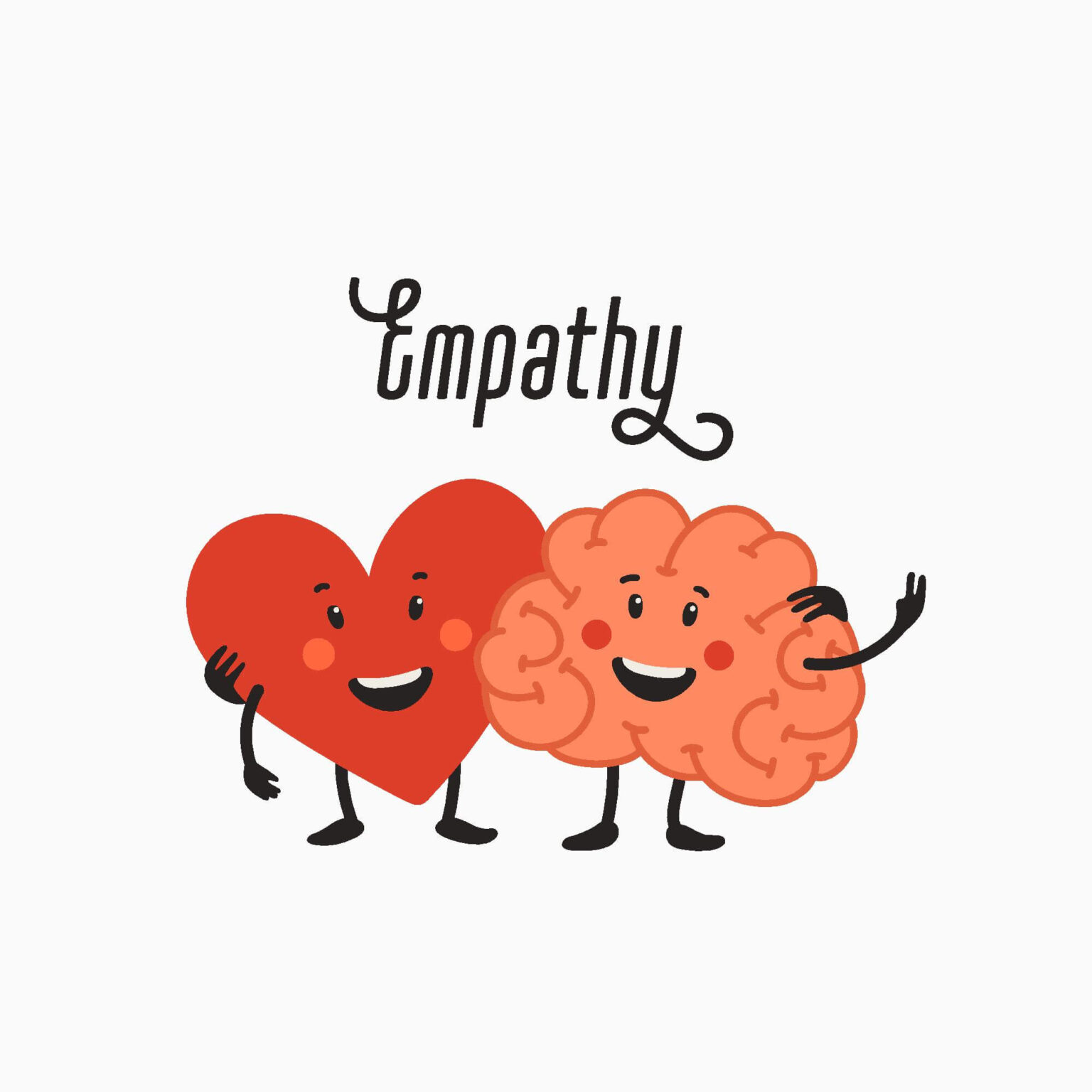Autism and Empathy

Autism spectrum disorder (ASD) impacts children’s social skills and communication capabilities. This notably applies to empathy.
In this article we are going to explain why autism can cause a lack of empathy and give you the tools to teach your child to be more empathetic.
Understanding Empathy
Empathy entails the willingness to listen to others while trying to understand their perspectives.
For example, after a child gets a bad grade, an empathetic parent would ask them what went wrong and share stories of when they handled similar challenges while they were a student.
To illustrate, here are some of the habits of highly-empathetic people:
- They are genuinely and authentically curious to learn more about people, including strangers.
- Empathetic individuals focus on finding things that they have in common with their peers. At the same time, they avoid making generalizations and assumptions.
- They actively listen to people and try their best to understand others’ perspectives.
- An empathetic person usually shares experiences that the person in front of them can relate to, whether they want to solve a problem or discuss a common interest.
Almost everyone has a certain degree of empathy. However, neurological disorders like autism can make it difficult for children to be empathetic.
Does Autism Cause a Lack of Empathy?
Autism does not cause a lack of empathy, but the unique ways in which autistic individuals communicate can make it difficult for neurotypical people to identify when an autistic child is being empathetic.
In fact, this can lead to a problem that’s known as double empathy. Simply put, when a non-autistic and an autistic person interact, they may have a hard time communicating with or understanding each other. As a result, both of them will struggle at being empathetic.
Moreover, autistic children are very sensitive to lights and noises. In social or group settings, a sudden loud noise or change in brightness can distract a child with ASD from engaging with conversations or activities. This may also be wrongly perceived as a lack of empathy.
Explaining to Children that Autistic Children May Lack Empathy
Autism acceptance among classmates is important for your kid’s social life.
As a parent, you may want to find ways to explain to your autistic son or daughter’s friends and classmates what autism is, how it influences communication, and why it doesn’t mean that your child has no empathy.
The following strategies can help you explain your child’s condition to them:
- Highlight how autism makes a person’s brain different from others.
- Talk about ASD’s symptoms (such as light/sound sensitivities) and their impact on communication skills. You need to stress that this doesn’t mean that your child is disinterested in making friends or displaying empathy.
- Recommend books to the class.
- Work with your child’s teacher on explaining autism to their classmates.
- Maintain an open mind when talking to other children and avoid getting offended. After all, many people ask questions when they’re curious, and it doesn’t mean that they’re prejudiced or intentionally being offensive.
Discussing your child’s ASD is only part of the equation. You also need to teach your autistic child how to have empathy towards their friends.
The best way to teach your child this valuable life skill is through ABA therapy.
How ABA Therapy can Help Teach Empathy
Applied behavior analysis (ABA) therapy is considered the gold standard when it comes to behavior modification for autistic children.
Some of the methods that an ABA therapist will use to teach your child about empathy are:
- Positive Reinforcement: The whole concept of ABA therapy revolves around positive reinforcement. In short, the therapist would reward your kid with their favorite toy or snack whenever they learn how to show empathy.
- Role-playing: The ABA therapist pretends to be your son or daughter’s classmate and practices displaying empathy with them. For instance, the therapist could share how excited they are that they got a new toy. After your child expresses empathy by asking questions about the toy and why their friend likes it, the latter would start sharing it.
- Comic Strip Conversations: The therapist draws out cartoons and speech bubbles that mimic real-life conversations. For example, they may draw your child’s friend with a bubble that says “I’m sad because I think my friend is ignoring me”. After that, they point out to your child that their friend would be happy when they pay attention to them, such as through eye contact or appropriate body language.
Conclusion
Children with autism can be seen as lacking empathy as their behaviors and responses will generally not match the general population
Teaching your child the importance of empathy is an important life skill that they will have to master.
If you believe your autistic child lacks the ability to be empathetic, do not give up. ABA therapists have a proven record of helping autistic children improve their empathy skills.